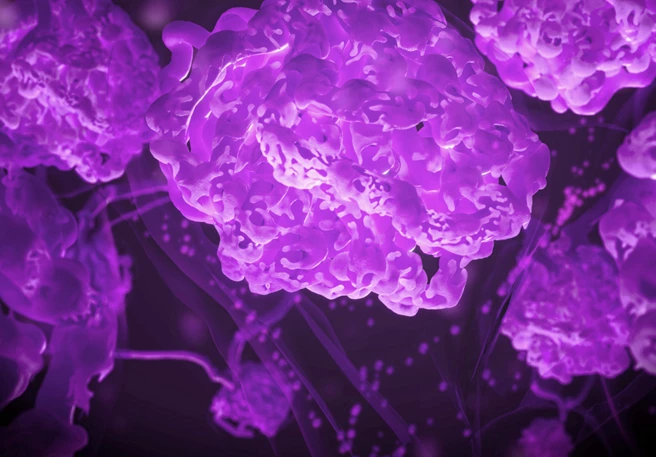
The treatment gap for IgA nephritis
IgA Nephropathy is more often than not diagnosed by chance as it is frequently asymptomatic.1 However, 25-30% of patients with IgAN develop end-stage renal disease within 20-25 years of the first onset of the disease. 2 One of the reasons why there is continuous exacerbation of the disorder in those affected is the lack of effective treatment options.
Currently available treatments can only alleviate symptoms associated with IgA Nephropathy, such as hypertension, decreased glomerular filtration rates and kidney inflammation. If the disease progresses to chronic renal failure, the only options left for patients are either haemodialysis or a kidney transplant, resulting in drastic deterioration of their quality of life. There is thus currently a serious treatment gap as there are no effective ways of preventing this progression.3
Those at high risk of progression of IgA Nephropathy desperately need an effective and well-tolerated treatment option. To be effective, treatment of glomerulonephritis should not only alleviate the symptoms but directly target the causes of the disease.
Treatment of IgA Nephropathy is not initiated with immunosuppressive strategies but with supportive treatments designed to delay the progression of the disease and, if possible, prevent the development of end-stage renal disease. These include lifestyle changes such as weight loss, dietary changes (specifically through reduced intake of proteins and salt), smoking cessation and physical exercise.2 Clinical intervention takes the form of careful control of blood pressure by means of optimal inhibition of the renin-angiotensin system (RAS), one of the main systems used by the body to regulate blood pressure and fluid balance. Depending on proteinuria values and eGFR, enrolment into an IgA Nephropathy clinical trial or a six-month course of systemic glucocorticoids may be considered.2 However, systemically administered glucocorticoids can cause serious adverse reactions – a factor that can make this treatment unwelcome to patients.
Treatment of IgA Nephropathy in accordance with the 2021 KDIGO guidelines

ACEi: angiotensin-converting enzyme inhibitor; ARB: angiotensin receptor blocker; eGFR: estimated glomerular filtration rate; IgAN: immunoglobulin A Nephropathy
*When appropriate, patients should also be informed of the risk/benefit profile of glucocorticoids. The TESTING trial4 produced initial indications of the efficacy of systemic glucocorticoids in patients with severe proteinuria (on average 2.4 g/day), but had to be prematurely terminated because of treatment-related morbidity and mortality.
Adapted from: Kidney Disease: Improving Global Outcomes (KDIGO) Glomerular Diseases Work Group (2021).2

What is the KDIGO?
KDIGO (Kidney Disease Improving Global Outcomes) is a global nonprofit organisation that develops and implements evidence-based clinical practice guidelines in kidney diseases like IgA Nephropathy. The KDIGO guidelines translate global scientific evidence into practical recommendations for clinicians and patients.5
Please note that KDIGO is an external organisation which is under the responsibility of a third party and is in no way affiliated with STADA. By clicking the link below you acknowledge that you will be leaving the IGAN.stada website.
Learn more about IgAN
References
- Rodrigues JC, Haas M, Reich HN. IgA Nephropathy. Clin J Am Soc Nephrol 2017; 12(4): 677–686.
- Kidney Disease: Improving Global Outcomes (KDIGO) Glomerular Diseases Work Group. KDIGO 2021 Clinical Practice Guideline for the Management of Glomerular Diseases. Kidney Int 2021; 100(4S): 1–276.
- Huang X, Xu G. An Update on Targeted Treatment of IgA Nephropathy: An Autoimmune Perspective. Front Pharmacol 2021; 12: 715253.
- Lv J et al. Effect of oral methylprednisolone on clinical outcomes in patients with IgA Nephropathy: the TESTING randomized clinical trial. JAMA 2017; 318(5): 432–442.
- Kidney Disease: Improving Global Outcomes (KDIGO). under: Https://kdigo.org/ (last accessed: February 2022).





